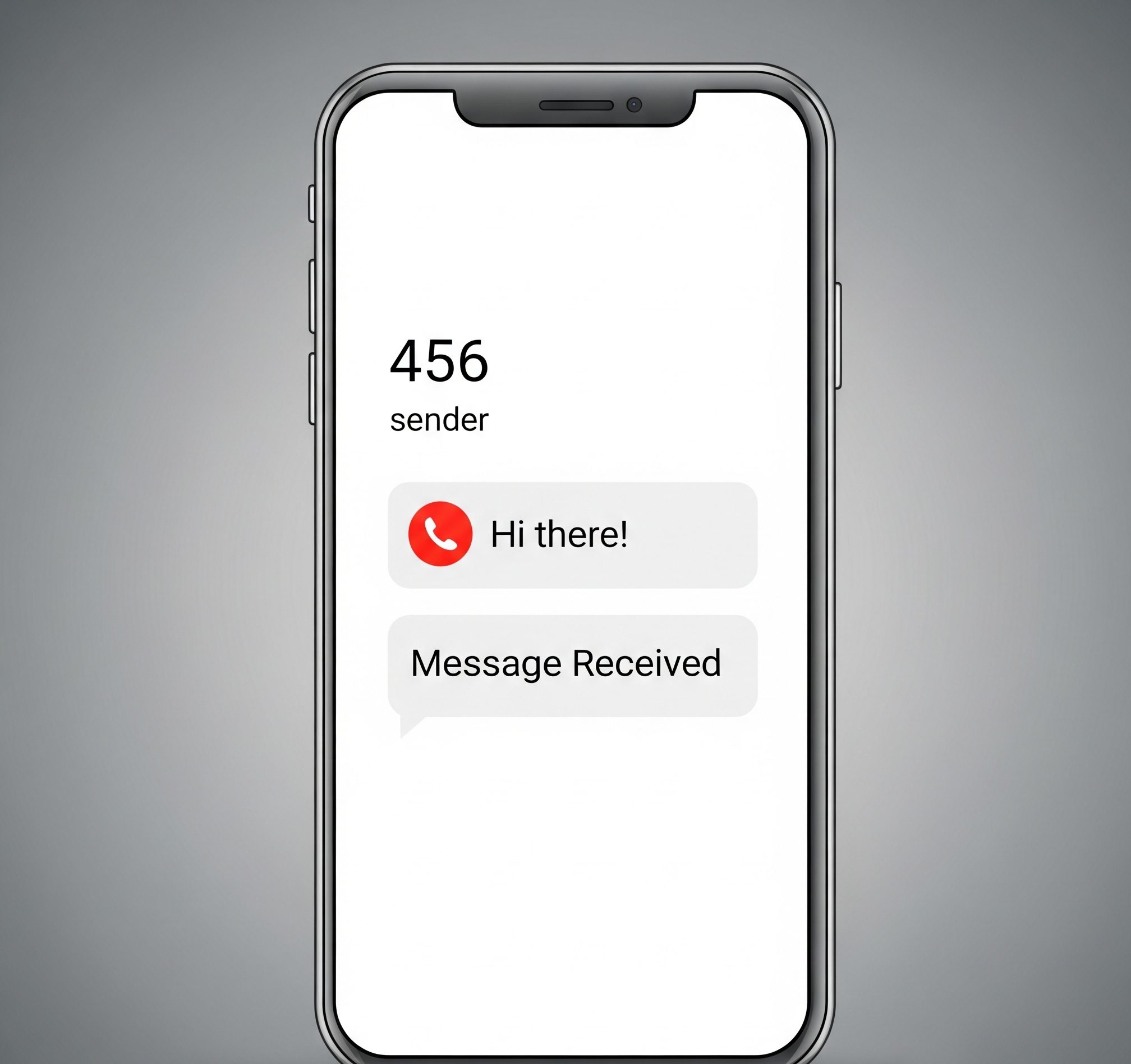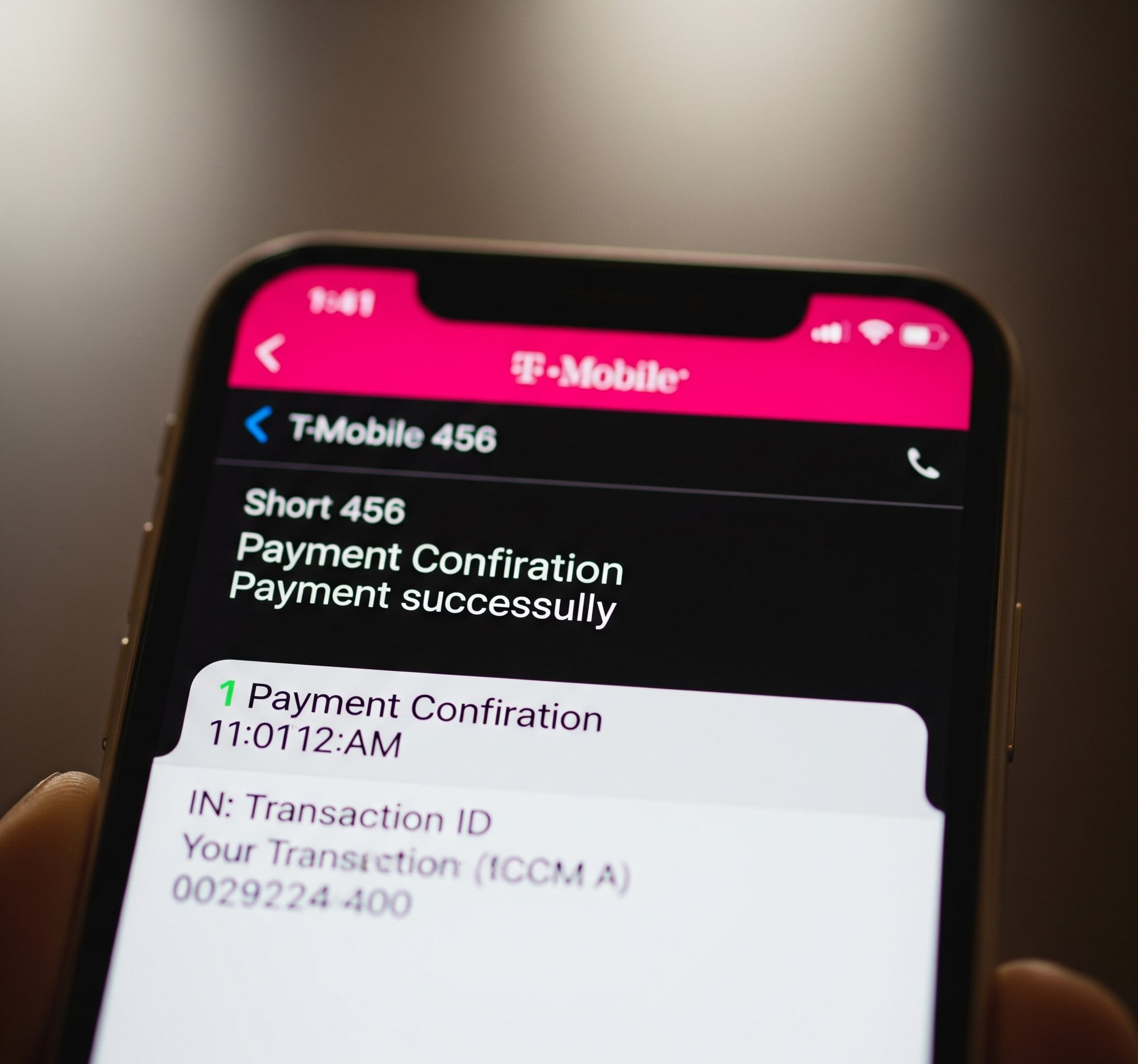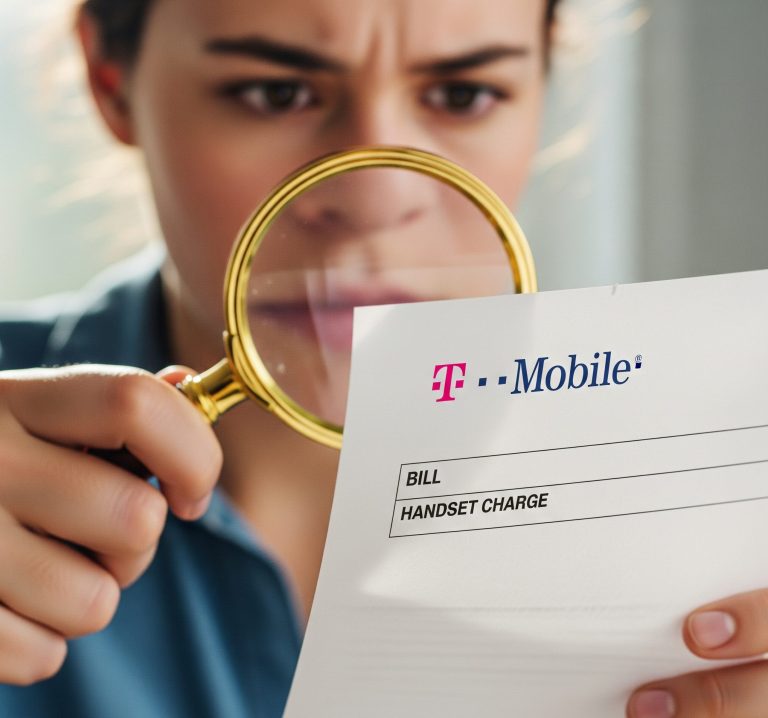In an age of constant digital communication, a cryptic text message from an unknown number can be both puzzling and alarming. One such message that has been making the rounds is the 456 text message. For many Americans, the sudden appearance of this three-digit sender in their inbox raises immediate questions: Is it a legitimate notification? A marketing ploy? Or something more sinister? This article will delve into the various possibilities behind a 456 text message, helping you understand its potential origins and, most importantly, how to protect yourself from the growing threat of text-based scams.
Contents
The Legitimate Side of the 456 Text Message
For a significant portion of recipients, a 456 text message is not a cause for immediate panic. This short code is legitimately used by T-Mobile, one of the major wireless carriers in the United States. These messages can serve a variety of purposes, including:
- Account Notifications: T-Mobile may use the 456 short code to send alerts regarding your account status, bill payments, or changes to your service plan.
- Service Updates: You might receive a 456 text message informing you about network maintenance in your area or updates to your T-Mobile services.
- Promotional Offers: While less common, some marketing messages or special offers from T-Mobile could originate from this number.
- System-Generated Information: At times, these messages can be cryptic or seemingly nonsensical. Users have reported receiving texts with content like “tag 1” or vague notifications about on-demand passes. These are often the result of system tests or glitches within the T-Mobile network and are generally harmless, albeit confusing.
If you are a T-Mobile customer, the first step upon receiving a 456 text message is to consider its content in the context of your recent account activity. Have you recently made changes to your plan or contacted customer service? Does the message relate to a known T-Mobile service? If so, it is likely a legitimate, though perhaps poorly worded, communication.
The Dark Side: When a 456 Text Message is a Scam
While there are legitimate uses for the 456 short code, it is crucial to be aware that scammers can and do exploit the familiarity of such numbers to deceive unsuspecting individuals. This type of scam is a form of “smishing” – a combination of “SMS” and “phishing.” The goal of the scammer is to trick you into revealing sensitive personal or financial information.
How the Scam Works
Scammers are adept at social engineering and creating a sense of urgency or fear. A fraudulent 456 text message might employ one of the following tactics:
- The Fake Problem: The message may claim there is a problem with your account, such as a missed payment or a security breach. It will then instruct you to click a link to resolve the issue. This link will lead to a fake website designed to look like the official T-Mobile site (or another trusted entity), where you will be prompted to enter your login credentials, credit card number, or other personal data.
- The Unsolicited Prize: You might receive a message congratulating you on winning a prize or being eligible for a special offer. To claim your reward, you’ll be asked to click a link and provide personal information. Remember the old adage: if it seems too good to be true, it probably is.
- The “Smishing” Impersonation: Scammers can “spoof” the sender ID, making a fraudulent message appear to come from a legitimate short code like 456. This makes it even more difficult to distinguish between a real notification and a scam. They might impersonate not only T-Mobile but also banks, delivery services, or even government agencies.

Red Flags to Watch For
Vigilance is your best defense against a malicious 456 text message. Here are some key red flags to look for:
- Urgent and Threatening Language: Scammers often use language designed to make you act quickly without thinking, such as “Your account will be suspended” or “Immediate action required.”
- Requests for Personal Information: Legitimate companies will rarely, if ever, ask you to provide sensitive information like your Social Security number, password, or full credit card number via text message.
- Suspicious Links: Hover over any links before clicking (if possible on your device) to see the actual URL. Scammers often use URLs that are similar to legitimate ones but with slight misspellings or different domain extensions. A legitimate T-Mobile link will typically direct you to a t-mobile.com domain.
- Grammatical Errors and Typos: While not always the case, many scam messages are riddled with spelling and grammatical errors.
What to Do if You Receive a Suspicious 456 Text Message
If you receive a 456 text message that raises your suspicions, follow these steps to protect yourself:
- Do Not Click Any Links: This is the most critical step. Clicking on a malicious link can install malware on your device or take you to a phishing website.
- Do Not Reply: Replying to a spam message, even with “STOP,” confirms that your number is active and can lead to you receiving even more spam.
- Verify Independently: If the message claims to be from T-Mobile or another company you do business with, contact them directly through their official website or the customer service number on your bill. Do not use the contact information provided in the text message.
- Report the Message: You can report spam text messages to your wireless carrier. For most major carriers in the U.S., you can forward the suspicious message to the number 7726 (which spells “SPAM”). This helps them identify and block spammers.
- Block the Number: While scammers often change their numbers, blocking the sender can provide some immediate relief.
- Secure Your Accounts: If you are concerned that you may have inadvertently clicked on a suspicious link or provided personal information, immediately change the passwords for your online accounts, especially your banking and email accounts. Enable two-factor authentication whenever possible for an added layer of security.
conclusion
while a 456 text message can be a harmless and legitimate communication from your wireless carrier, it is essential to approach it with a healthy dose of skepticism. By understanding the tactics used by scammers and knowing the red flags to look for, you can effectively protect yourself and your sensitive information from falling into the wrong hands. Stay vigilant, think before you click, and when in doubt, always verify directly with the source.







